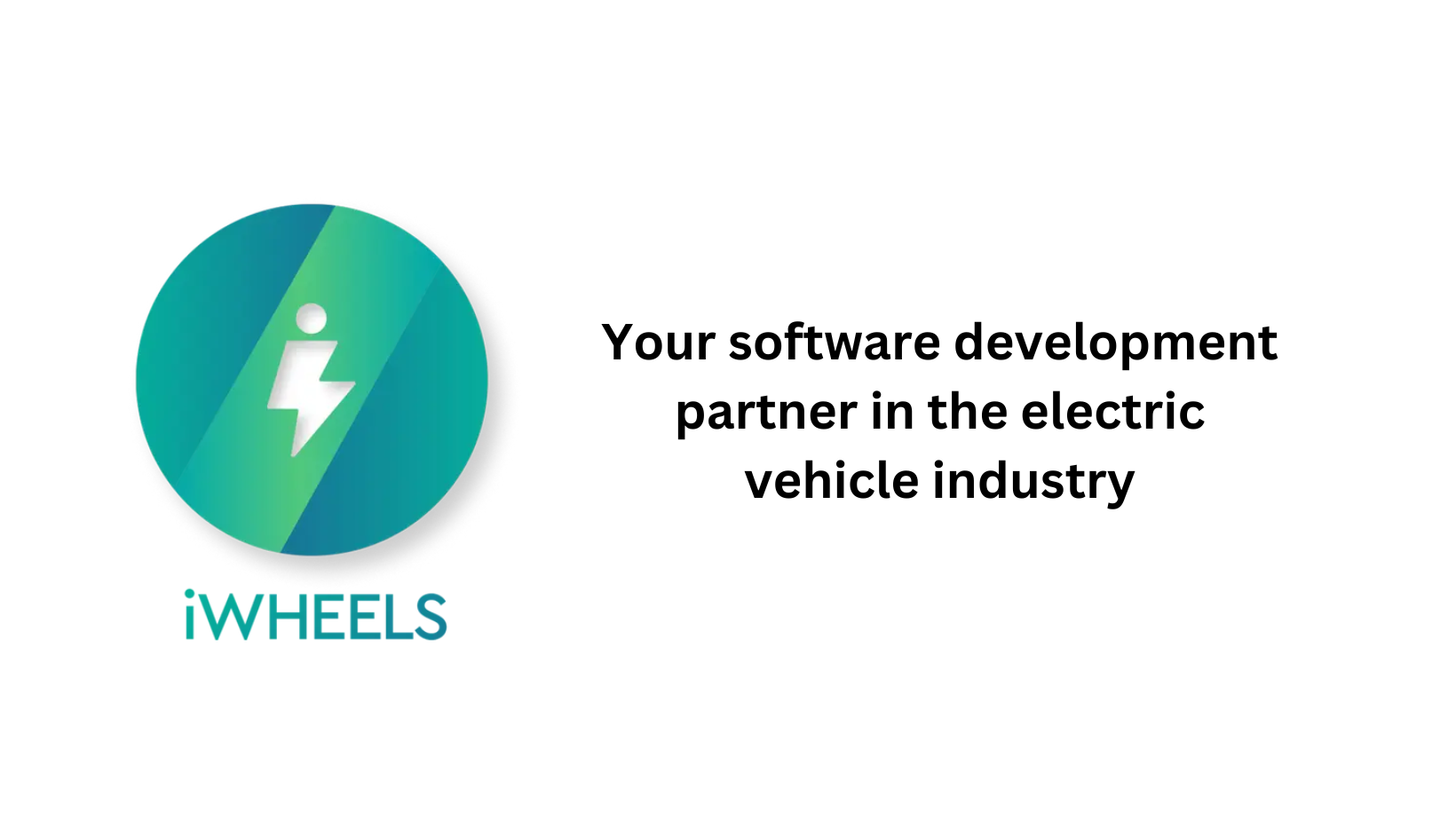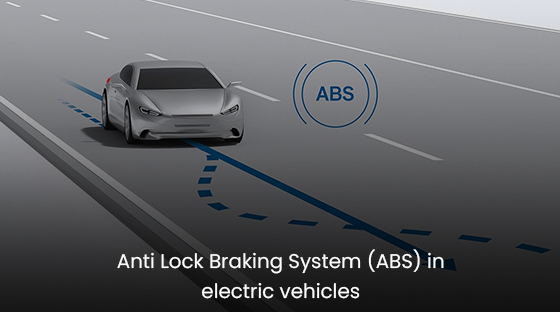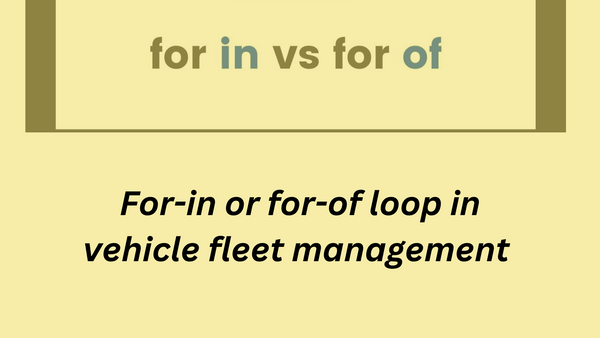Anti Lock Braking System (ABS) in electric vehicles
Hello People. This is an article on Anti Lock Braking System (ABS) in electric vehicles.
What is ABS ?
ABS is an acronym for Anti-lock braking system. ABS is an anti-skid braking system.
This technology enhances safety during sudden or emergency braking.

While driving, whenever a driver applies sudden braking, the car wheel would automatically lock in a particular direction. It would become unable for the driver to change the direction of the vehicle.
This is dangerous when the wheels are locked when heading towards some objects or people. This is where ABS manufacturers decided to step in. They provided a solution to this issue.
Working of an ABS system
ABS works like a Combined Braking System. It syncs the braking operations on both front and back tyres. The volume of braking force required to bring the car to a safe stop is responsible for the wheel locking.
Are you looking to start your business in the electric vehicle industry? We provide software development, web application development, mobile application development, charging stations management app, electric vehicle fleet management software development, cyber security and all software services. Please check our home page here https://iwheels.co/

Ok. Let's get back to the article.
The ABS system comprises of 4 main components. They are 4 wheel speed sensors i.e., one for each wheel, a hydraulic motor, pressure release valves and an electronic module that is embedded into the car’s ECU i.e, Engine Control Unit.
On application of brakes, when your wheels lock up, their rotational speed becomes zero. The sensor immediately detects that sudden decrease in speed and sends a signal to the control module.
After receiving the signal, the control module processes the decrease in speed as a wheel lock and orders the pump to release some braking pressure through the release valves. This, in turn, decreases the braking effort on that wheel.
Sometimes this braking force is too much. This makes the hydraulic pressure, which is distributed to the wheel in bringing the wheel to stop, to also lock the wheel in a certain direction. This lock remains until the pressure is removed.
Cadence braking used to be one effective way of reducing the effect of skidding eon a slippery surface. But still there was a need to put in place a system like the electronic brake force distribution which would automatically detect and regulate the amount of hydraulic pressure which would be sent to the wheels.
Traction control system is another safety measure that is similar to ABS and it controls the individual spin-speed of a wheel through braking.
How does ABS help?
Biggest advantage of the Anti Lock Braking System is that it lets the driver have control even when he/she is applying the brakes at full force. Unlike in the situation of a wheel lock, the driver will be able to steer the car easily even in full brake effort with the ABS system. Because in the case of ABS installed vehicle, the wheels will still be rotating after application of brakes.
ABS is most useful in slippery road conditions. When driving on a slippery or wet road surface, even a slight touch to the brake pedal could initiate the wheel lock cycle.
At such situation, wheel lock can be most disastrous. The lack of frictional force between the wet road and tyres can cause the car to spin out with almost no resistance force to decrease the velocity till you reach a dry part of the road. But with the help of the ABS system, you will be able to brake effectively even when the surface is wet.
ABS in EVs
ABS achieves the same objective in an Electric vehicle. Electric vehicles are built with a good traction control system. Electric vehicles are built with enormous speed to cover great distances and are also equipped with ABS. However, not all the EVs are built with the ABS module. Having an ABS module in an EV can be highly helpful.
Disadvantages of Anti Lock Braking System
Anti Lock Braking System has no functional disadvantages. But on dirt or gravel or any non-tarmac surface, ABS will increase the braking distance.
ABS system is a bit expensive. Generally, manufacturers only incorporate ABS systems into their topmost variants leaving the mid and base variants aside. But this trend is changing as nowadays the newer cars are getting fitted with ABS as standard across all the variants.
These common problems could arise from any component of the ABS system
ABS sensor failure
ABS sensor system is quite important as it measures the speed of your vehicle and relays the data to the ABS system. If it fails, it can no longer measure and relay data to the system.
ABS control module error
In ABS system, there is a microprocessor that controls how much and when to supply hydraulic pressure to the braking system. If it goes wrong you can expect that your wheel would lock.
Vehicles that are enabled with the ABS system often come with the ABS warning light. It indicates when your ABS system is non-functional.
Hope this article on Anti Lock Braking System (ABS) in electric vehicles is useful to you. To read about jobs in the Electric Vehicle Industry, please visit Job opportunities in Electric Vehicle Sector and its Charging Infrastructure industry




